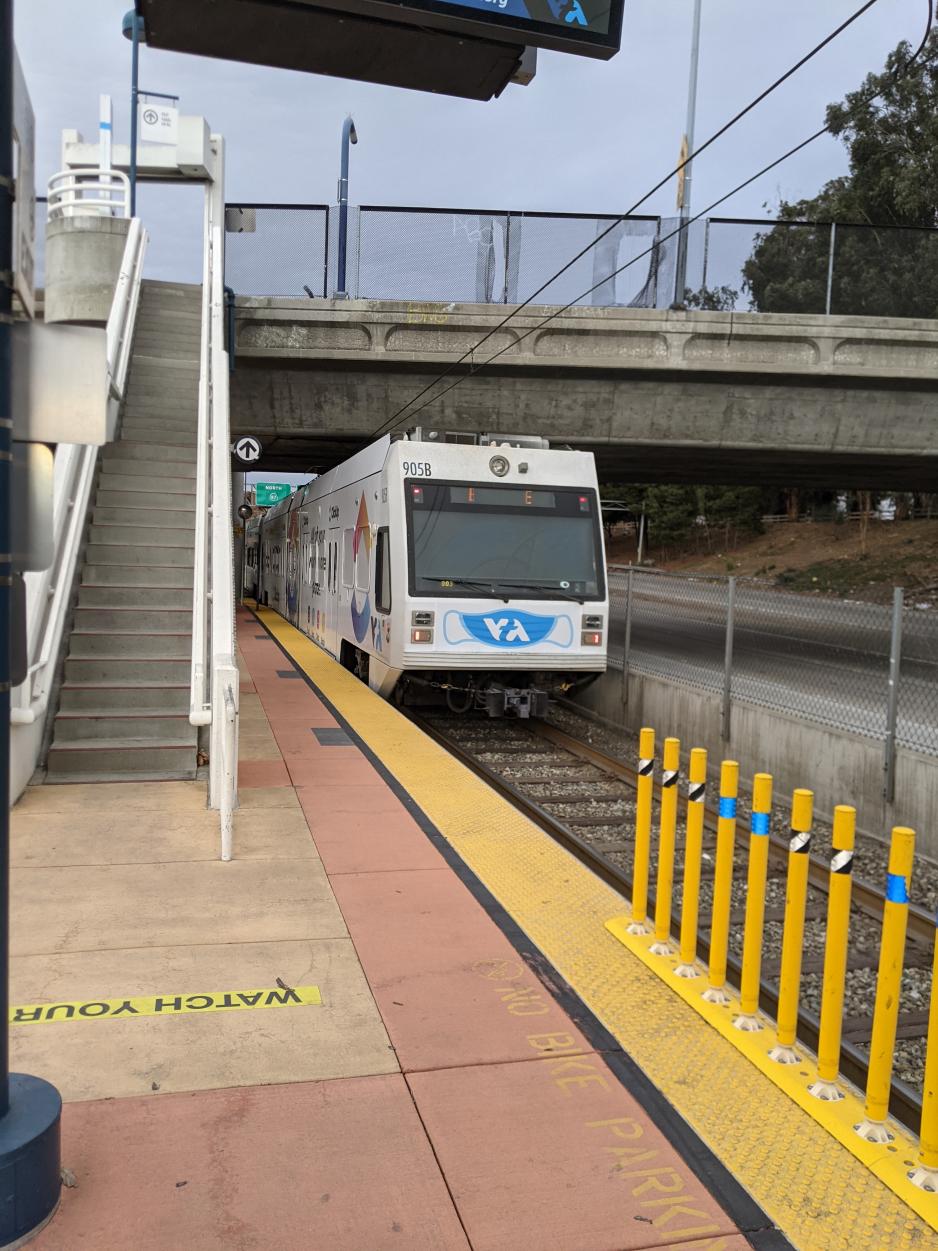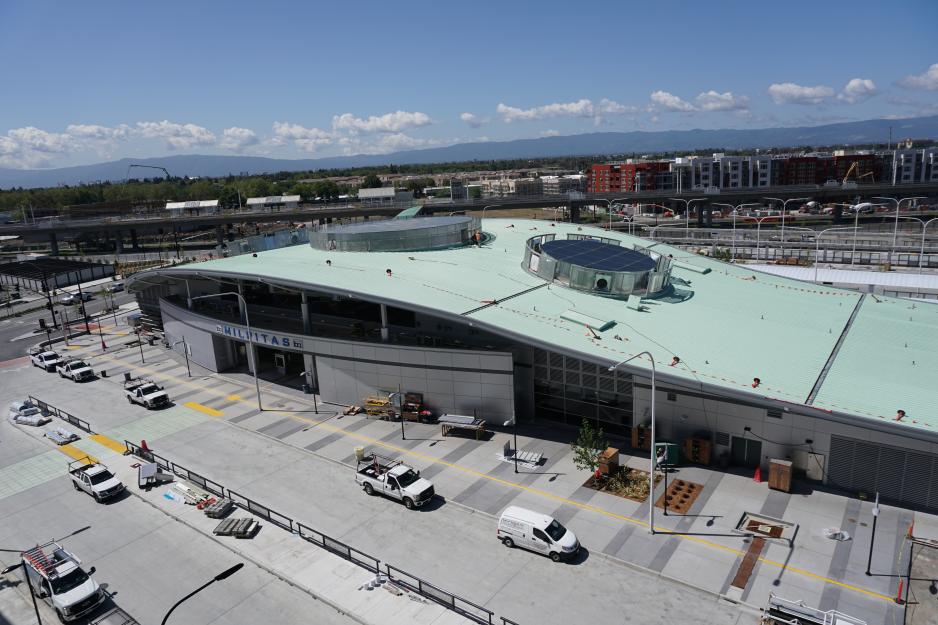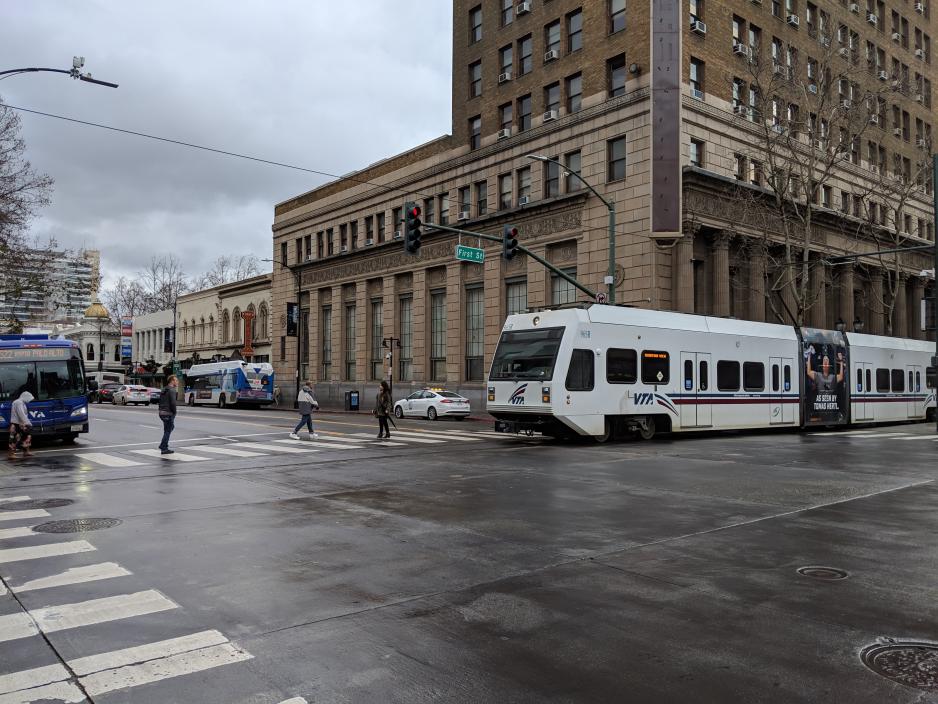Expand access and incentivize choices for all riders by making it easier, safer, more comfortable, and convenient to get to and from transit services. Partnerships with local jurisdictions, community, and other stakeholders, supports a collective stewardship of transit investments through promoting transit-supportive measures. Improve the speed and reliability of transit through transit prioritization measures such as dedicated transit lanes, queue jump lanes, or Transit Firs policies.
Create a critical mass of activities such as clustered amenities near transit stops and mobility hubs to encourage “access by proximity”.
Enable easy, attractive, visible, and convenient connections to transit when site planning.
Provide transit-preferential signal and roadway improvements that are required to provide fast and reliable transit service.


